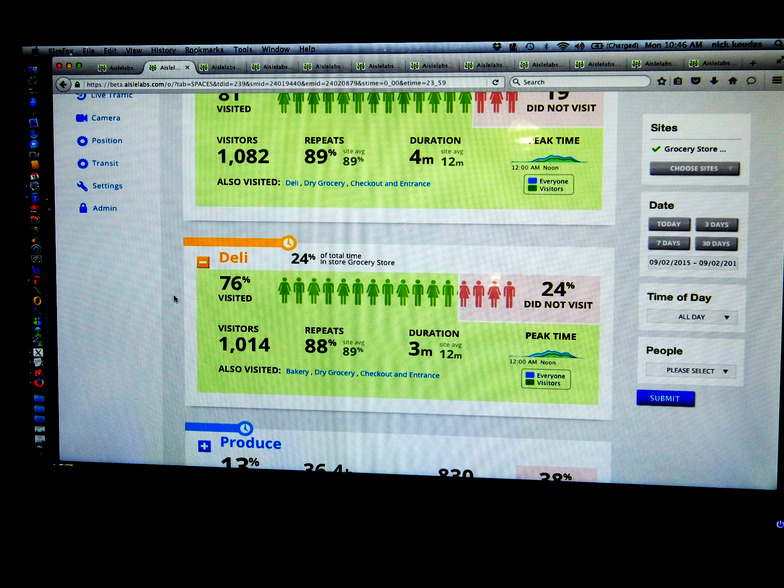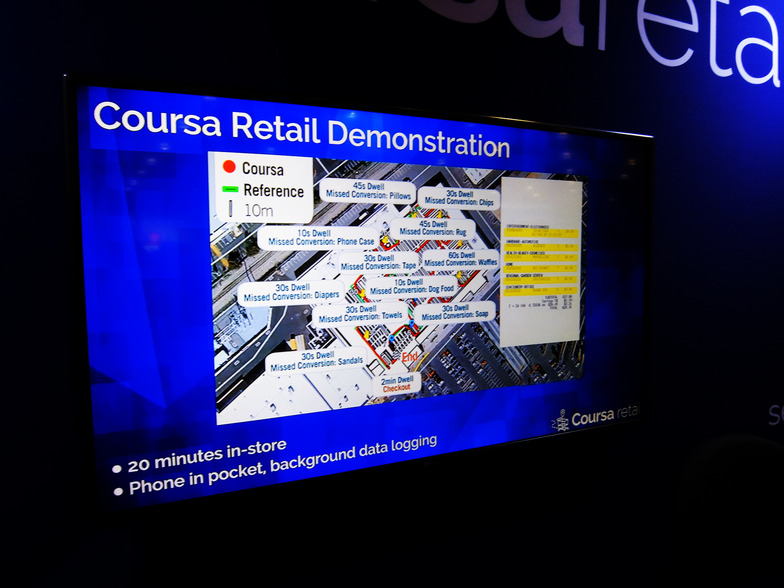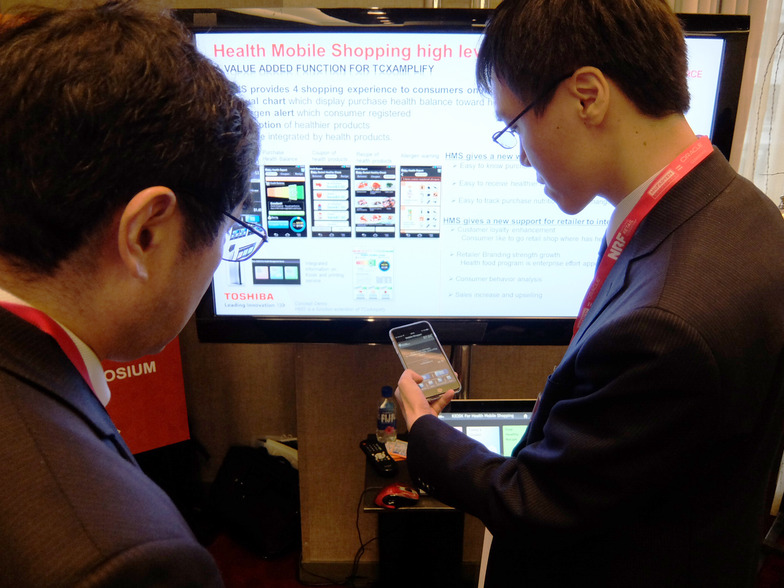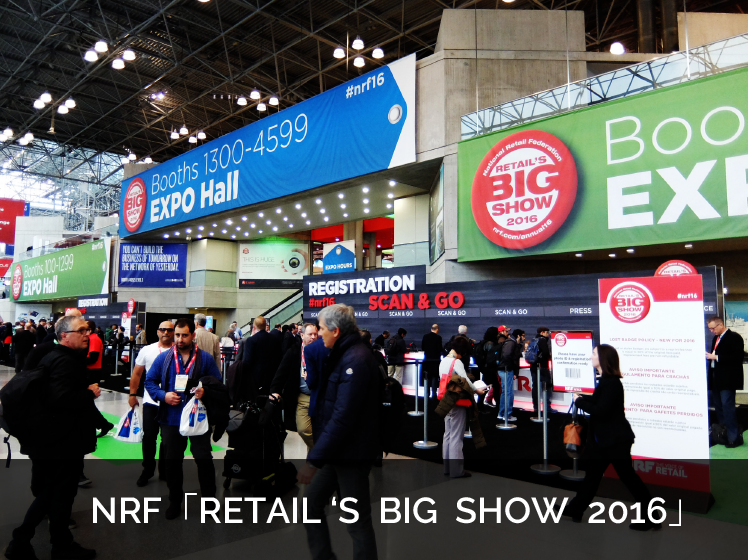
This is Akimoto, a researcher at Dentsu Inc.'s "Human Flow Lab." This is the second part of my report on the NRF "RETAIL'S BIG SHOW 2016," one of the largest retail conventions in the U.S. This time, I'll focus on indoor positioning. Part 1 is here.
Why indoor positioning?
Online, various visitor actions are logged and utilized for marketing activities, such as product recommendations based on browsing history. In contrast, physical stores have struggled with data collection, lagging significantly behind e-commerce services in optimizing sales floors and implementing one-to-one marketing. The widespread adoption of smartphones in recent years, coupled with advancements in technologies like Wi-Fi and Bluetooth, has made indoor positioning technology more accessible. Consequently, indoor positioning has become a hot topic, particularly in the U.S. real retail sector. It holds the potential to rapidly advance data-driven marketing in real retail, attracting considerable attention.
Real-time Store Monitoring
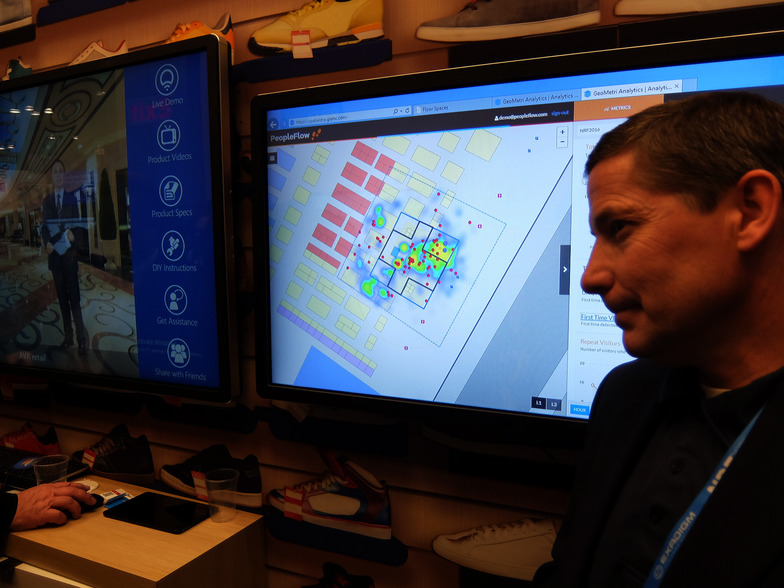
Here are some notable features from services in the Real-time Store Monitoring domain. Many integrated services combining three key functions were showcased: "functionality to track the number and location of consumers inside the store," "functionality to identify general attributes like gender, age, and visit frequency," and "functionality to distribute coupons and messages." For services where screen capture was prohibited, website screenshots are provided.
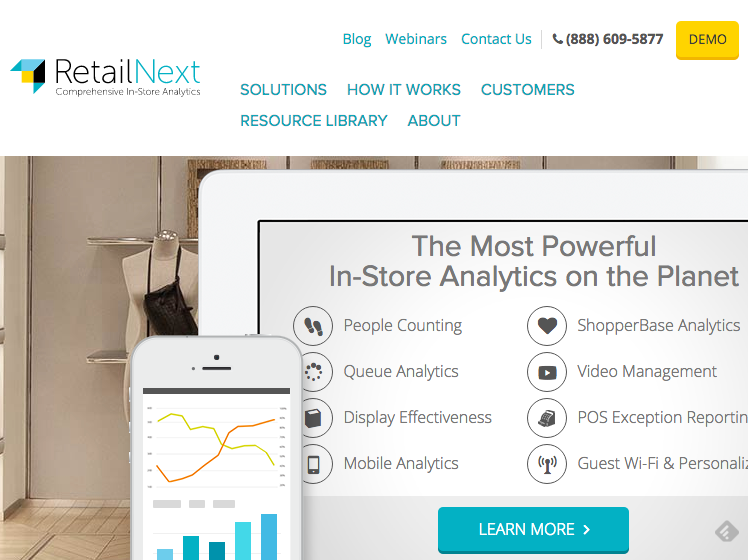
RetailNext:
This is the leading company in this field. They had a large booth, projecting a sophisticated image. With a wealth of proven service results, they stand head and shoulders above the rest. Using Wi-Fi, Bluetooth, and webcams, it tracks consumer locations, enabling real-time measurement, alert issuance, and promotional content delivery to apps. By integrating POS data, staff shift schedules, weather data, and more, it also performs advanced analysis and builds predictive models. Beyond mere analysis, it offers consultation services for improvement as part of its menu, providing a full-service, one-stop solution.
Aislelabs:
This platform also enables real-time measurement and app distribution. Its standout feature is offering a free plan, making it a viable option when RetailNext's high-performance capabilities aren't required.
Cousa Retail:
To achieve high-precision positioning with RetailNext or Aislelabs, a significant number of external devices (Wi-Fi, Bluetooth, cameras, etc.) must be installed. Coursa Retail, however, claims it can determine location using chips built into devices and geomagnetism. This means that once the starting point is positioned using a Bluetooth beacon or similar, subsequent positioning can be done without external hardware. Coursa Retail's parent company, InvenSense, supplies devices to iOS devices from iPhone 6 onwards, as well as Samsung, Motorola, BlackBerry, HTC, Acer, LG, and Nintendo Wii. It was stated that relatively new devices typically have the compatible chip built-in.

IndoorAtlas:
This is a unique company focused on magnetic field-based positioning technology, rather than an integrated platform. I was fortunate to see a demo outside the venue. While it exhibited unstable behavior, occasionally freezing or jumping positions, it was accurate when running smoothly and could even distinguish between floors, making it a promising service for the future. They frequently release updates and aim to improve accuracy by combining it with Wi-Fi and Bluetooth.
Beyond the services introduced here, numerous other vendors exist. According to Gartner, this sector is entering a growth phase with market penetration currently at 5-20%, and adoption is progressing in the US.
Other Notable Players

CognitiveScale:
This service operates in the Consumer Centric Merchandising domain. It uses machine learning to optimize recommendation patterns for consumers based on various data sources, including indoor positioning, RFID tracking, POS data, and web browsing history. Powered by IBM Watson, it has been highlighted as a notable player in numerous technology media outlets.
Toshiba Tec:
Toshiba Tec, a global leader in POS equipment, demonstrated strong engagement beyond the main venue with its own conference, "RISE." Its booth featured demos of product scanning (similar to Walmart's app), coupon functionality, and payment systems, drawing large crowds.
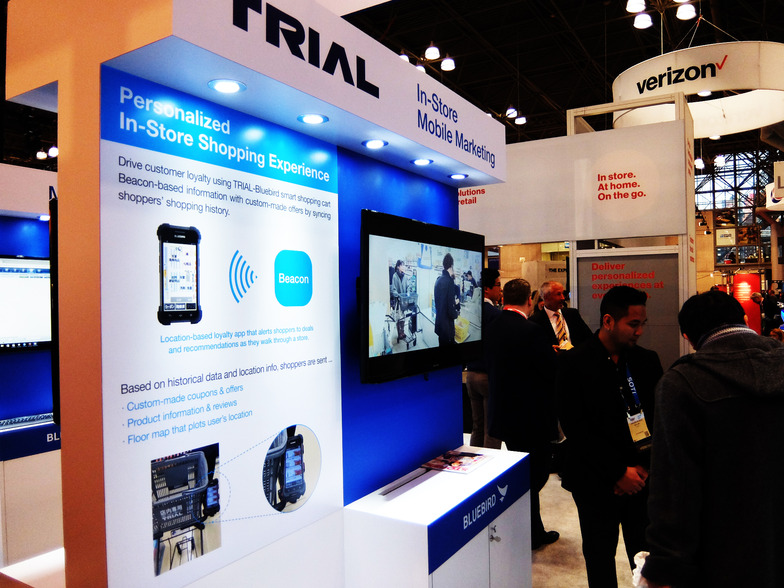
Trial Company:
Also representing Japan, Trial Company exhibited smart carts equipped with smartphones. Their solution combines Wi-Fi and Bluetooth to track real-time locations and deliver coupons.
Technology + Communication Design: Both Wheels Are Essential
It's said that consumer touchpoints will increasingly shift to smartphones, meaning app quality will determine success or failure. After seeing and hearing about various apps at the venue, I wondered how much they're actually used in stores. When I asked local staff, the response was, "Not very much." With brands and retailers each releasing their own apps, the hurdle to being chosen seems high. Additionally, some mentioned, "It's annoying because irrelevant ads and coupons constantly pop up."
Amidst this, the apps that received high praise were Uber, Starbucks, and Walmart. Alongside evaluations like "The UX design is superb, and you can really feel the convenience," Uber and Starbucks also earned high marks for their design. Apps that received low consumer ratings seemed to have overused technology, resulting in unnecessary features and communication that actually lowered their appeal. While retailers are increasingly able to collect diverse data comparable to online sites, few have achieved true success from a UX perspective.
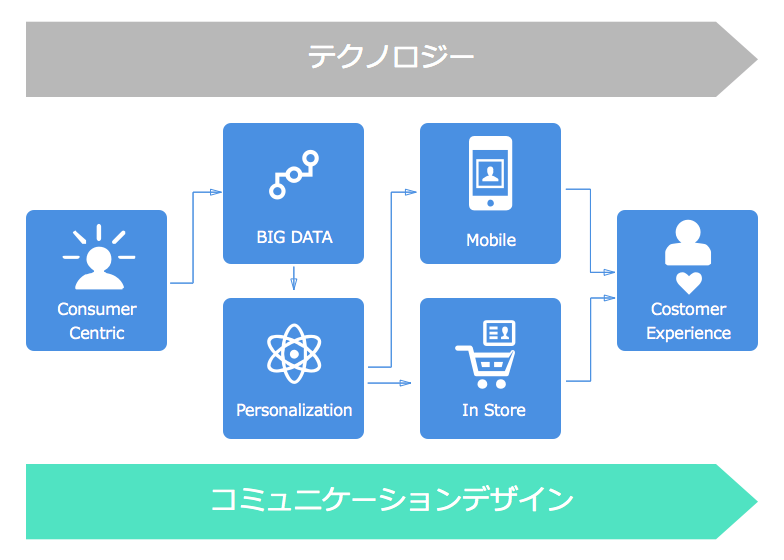
As mentioned in the first part of the report, the importance of "Customer Centric" and "Customer Experience" has been reaffirmed. For our company, whose business is exploring consumer insights and designing communication, this presents a significant opportunity. Players who shift their thinking from technology-driven to "Customer Centric" and successfully embody both technology and communication design are likely to become the new winners in retail.




